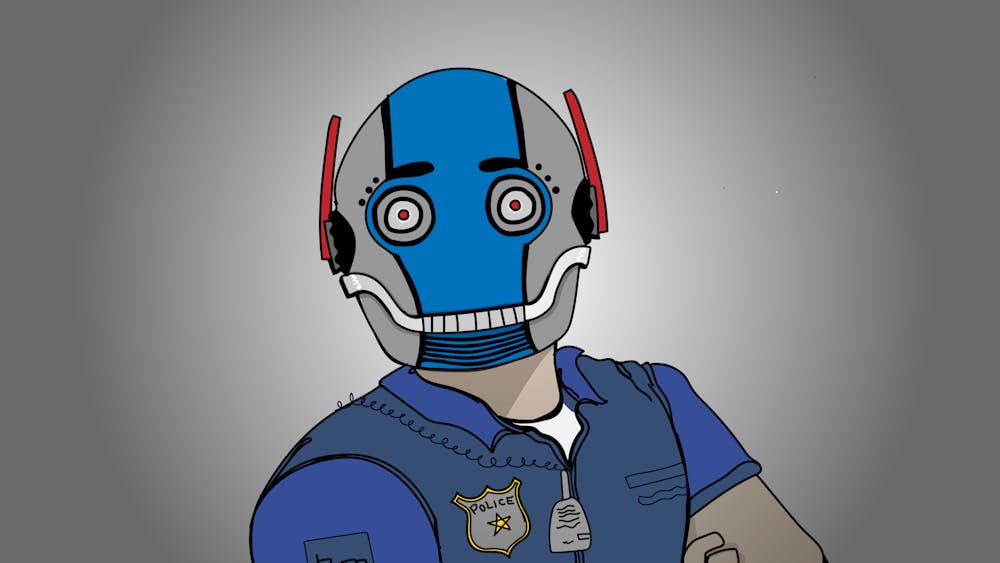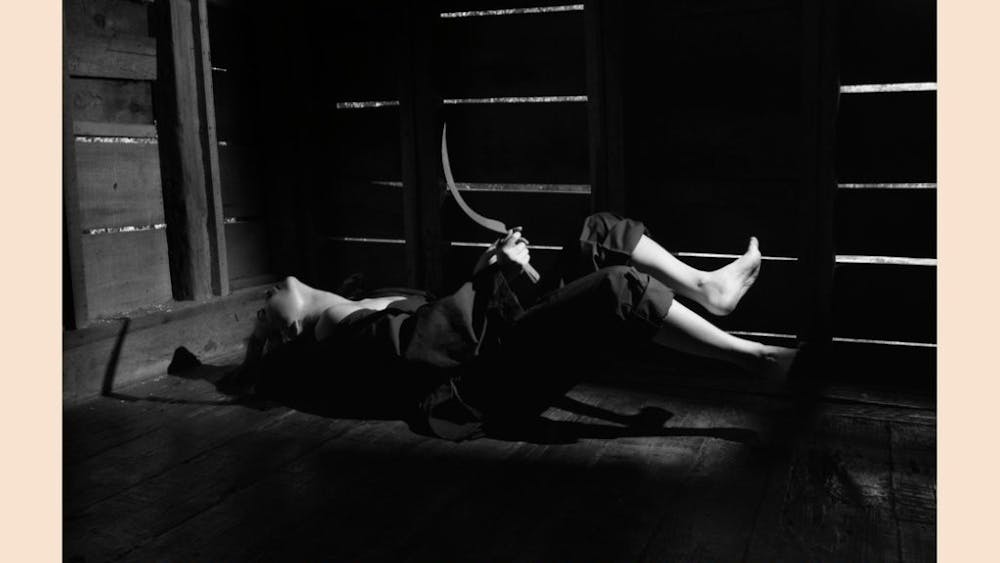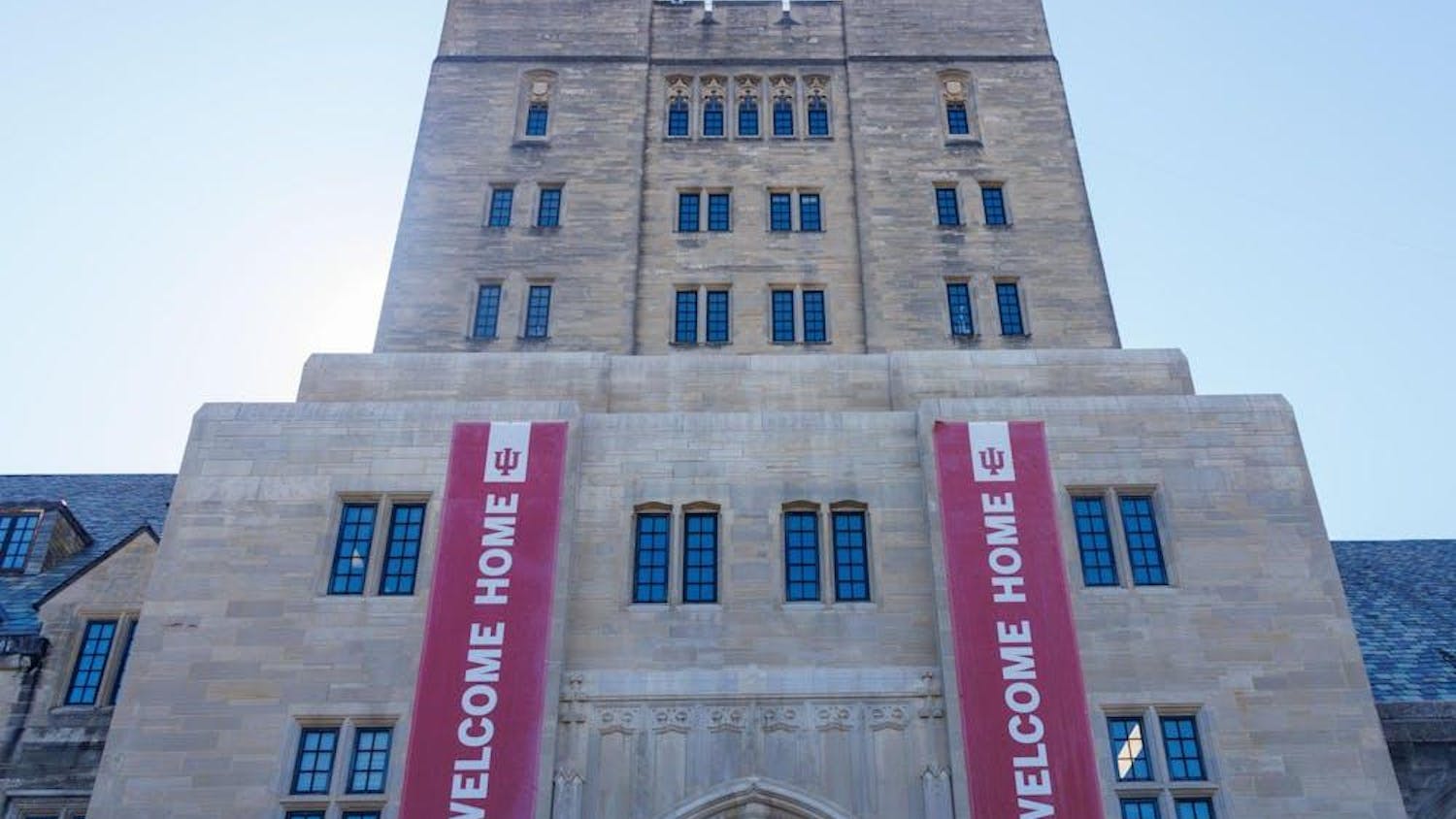PANAMA CITY, PANAMA – Forgive me for disagreeing, and be assured that I mean no disrespect to the memory of The Notorious B.I.G. when I say that “Mo money” does not necessarily mean “Mo problems.” I’m in Panama City for spring break, and ever since I got here, I’ve seen crazy disparities between the living conditions of the poor and the not-so-poor in the city. \nEven though we’re not too into the whole American-tourist-with-obnoxiously-loud-Hawaiian-shirt scene, my friends and I have been taking advantage of our time here to see some of the sights, including the city’s two original settlement sites. The first, Panama la Vieja, through a crazy ordeal involving pirates (the original “Captain Morgan”), was abandoned and burned down, and then moved a few miles down the bay to Casco Viejo, the second site. Although statistics are still being gathered, Casco Viejo is internationally-renowned for having one of the highest concentrations of fanny pack-wearing, sunburned tourists in the entire world. Panama la Vieja, on the other hand, is in a neighborhood full of houses supported by aluminum siding and trash. The ruins are fenced off, and there’s little interaction or economic exchange between the tourists who visit and the local community.\nThe seaside Panama la Vieja is, or used to be, anyway, full of mangroves, seabirds and beaches. Walking along the ruins, every now and then we’d encounter a “Did you know?” type placard, which would boast the bay’s ecological importance, and then we could glance down and see shoes, tires and motherboards littering the beach.\nThe people who inhabit the houses with aluminum siding near Panama la Vieja live next to a cesspool, while those living in high rises in Casco Viejo have well-maintained sanitation, and they count among their neighbors museums and smoothie shops. The latter group wakes up every morning to air that smells like a Mocha Frappuccino, while the former begins every day with a whiff of cholera incarnate.\nBasically, what this all comes down to is money. Cash. Dinero. Bling. Besides providing inspiration for rappers everywhere, money often determines whose needs are met and whose aren’t. Those who have less assets are many times ignored, whether purposefully or simply because of social or geographical isolation that removes them from the societal and political mainstream so their voices are never heard.\nAll over the world, this disturbing truth is the same. If governments don’t make an attempt to consult with residents in areas that are affected by their activities or don’t include them in public works, these people’s environment will deteriorate, followed by their health, their land and their water supplies. At this point, very little remains for them to do to dig themselves out of the poverty trap, whereas, if the government invested in sewer improvements and gave the local community a chance to operate the site in some capacity, the economy of the area could vastly improve. It’s the condition of being overlooked – not just a lack of income – that puts these people in these situations, and they definitely have “mo problems” than just money.
B.I.G. problems
Get stories like this in your inbox
Subscribe





